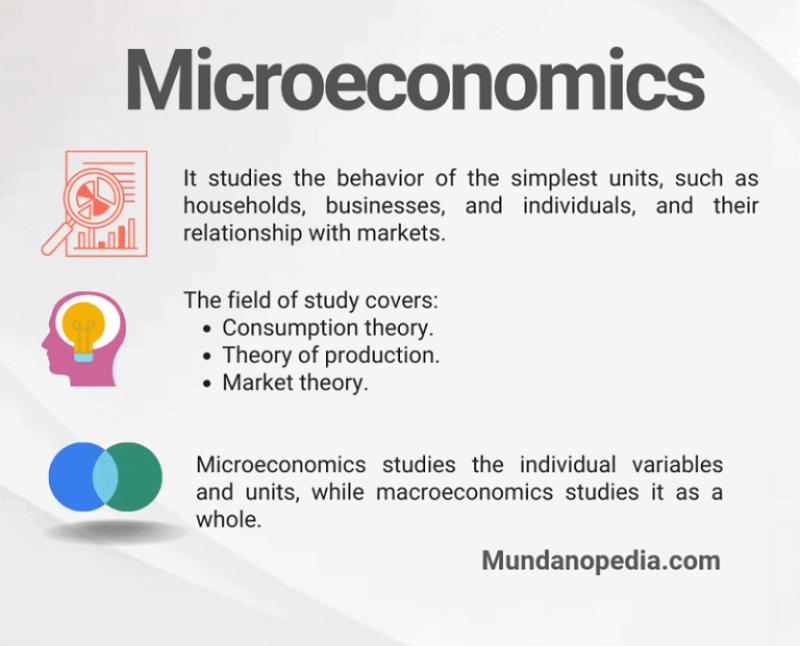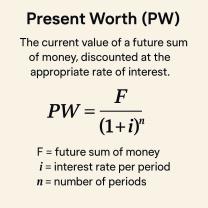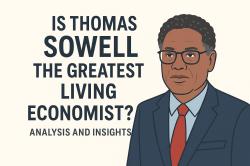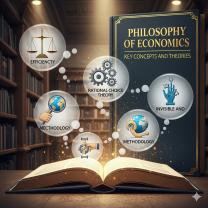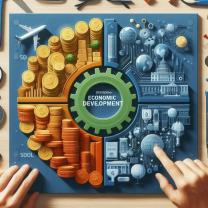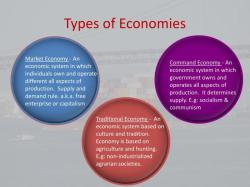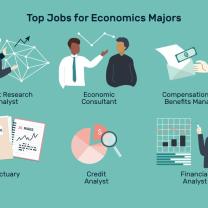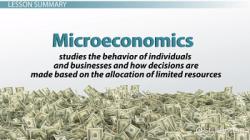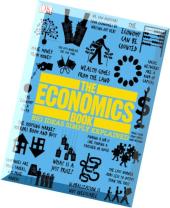What are the theories of microeconomics?
Microeconomics encompasses several key theories that help explain and analyze the behavior of individual agents and entities in the economy. Here are some fundamental theories in microeconomics:
Theory of Consumer Behavior:
Utility Theory: This theory suggests that consumers make choices to maximize their satisfaction or utility. It introduces the concepts of total utility, marginal utility, and the principle of diminishing marginal utility.
Budget Constraint: Consumers face constraints on their choices due to limited income. The budget constraint theory examines how individuals allocate their income among different goods and services.
Theory of Production and Costs:
Production Function: This theory explores the relationship between inputs (such as labor and capital) and outputs in the production process.
Cost Curves: Microeconomics examines various cost curves, including the average total cost, average variable cost, and marginal cost curves. These help firms make decisions about production levels.
Market Structures:
Perfect Competition: In perfect competition, many small firms compete with identical products. Prices are determined by market forces, and individual firms are price takers.
Monopoly: In a monopoly, a single firm dominates the market and sets the price. Barriers to entry prevent other firms from entering the market.
Oligopoly: Oligopoly involves a small number of large firms that dominate the market. These firms may engage in strategic behavior, such as price collusion or competition.
Monopolistic Competition: This market structure features many firms producing differentiated products. Firms have some control over prices due to product differentiation.
Market Equilibrium:
Supply and Demand: The interaction of supply and demand determines market equilibrium, where the quantity demanded equals the quantity supplied, establishing the market-clearing price.
Elasticity: Elasticity measures the responsiveness of quantity demanded or supplied to changes in price or income. Understanding elasticity is crucial for predicting how changes in market conditions affect quantities and prices.
Game Theory:
- Strategic Interaction: Game theory analyzes situations where the outcome of an individual's decision depends on the decisions of others. It is particularly relevant in oligopolistic markets.
Information Economics:
- Asymmetric Information: This theory explores situations where one party in a transaction has more information than the other, leading to potential market failures. Examples include adverse selection and moral hazard.
Welfare Economics:
- Pareto Efficiency: Welfare economics aims to assess the efficiency of resource allocation. Pareto efficiency occurs when no one can be made better off without making someone else worse off.
Public Goods and Externalities:
Public Goods: These are goods that are non-excludable and non-rivalrous. Public goods pose challenges for the market, as individuals may free-ride, enjoying the benefits without paying for them.
Externalities: Externalities are the unintended side effects of economic activities on third parties. They can be positive (beneficial) or negative (harmful).
These theories provide a framework for understanding how individuals, firms, and markets operate, helping economists and policymakers analyze and predict economic outcomes. Each theory addresses different aspects of microeconomic behavior, contributing to a comprehensive understanding of economic decision-making at the individual and market levels.
Digging Deeper into Microeconomic Theories: Foundations, Applications, and Policy
Your curiosity about the core of microeconomics is commendable! Let's explore the crucial aspects you pointed out.
1. Foundational Theories in Microeconomics:
- Theory of Consumer Choice: Explains how individuals allocate their limited income to maximize their satisfaction (utility) from consuming goods and services. Key concepts include utility functions, budget constraints, and marginal analysis.
- Theory of Supply and Demand: Explains how market forces of supply and demand determine the equilibrium price and quantity of a good or service. Fundamental concepts include market equilibrium, elasticity, and surplus/shortage situations.
- Firm Theory: Analyzes how firms make decisions about production, pricing, and resource allocation to maximize profit. Concepts like cost functions, revenue maximization, and market structures (competition, monopoly, etc.) are central.
- General Equilibrium Theory: Extends the analysis beyond single markets, looking at how the interaction of all markets in an economy reaches equilibrium. Concepts like Pareto efficiency and welfare economics are explored.
2. Explaining Market Behavior:
These theories explain market behavior by:
- Modeling individual decision-making: Predicting how consumers and firms react to changes in price, income, preferences, technology, etc.
- Identifying market outcomes: Understanding the equilibrium price and quantity, distribution of surplus/shortage, and efficiency of different market structures.
- Analyzing market dynamics: Predicting how markets adjust to changes in external factors, like technological advancements, government policies, or unexpected events.
3. Key Concepts and Principles:
- Rationality: Consumers and firms make decisions that maximize their own utility or profit, within their constraints.
- Marginalism: Changes in decisions are based on comparing small additional benefits (marginal utility or revenue) to costs.
- Efficiency: Optimal allocation of resources to maximize aggregate welfare or minimize waste.
- Equilibrium: A stable state where supply and demand balance, and no individual has incentive to change their behavior.
4. Influence on Economic Policies:
- Antitrust policy: Applying competition theory to regulate monopolies and promote fair competition in markets.
- Taxation: Utilizing knowledge of income elasticity of demand to design efficient tax structures.
- Regulation: Using price theory and welfare economics to assess the impact of regulations on consumer surplus and overall efficiency.
- Industrial policy: Applying firm theory and market structure analysis to design policies that support specific industries or promote innovation.
5. Illustrative Examples:
- Minimum wage policy: Theory of labor supply predicts reduced labor supply in response to higher minimum wages, impacting employment and firm costs.
- Subsidies for renewable energy: Applying welfare economics, subsidies can incentivize production and adoption of renewables, but also create deadweight loss if not targeted efficiently.
- Airline pricing: Firms use game theory to predict pricing strategies of competitors and set optimal fares to maximize their own revenue.
These are just a few examples. Every economic policy decision, from healthcare to environmental regulations, relies on some underlying microeconomic theory to assess its consequences.
Remember, microeconomic theories are constantly evolving and being debated. Studying their strengths and limitations is crucial for understanding the complexities of the market and making informed decisions.
I hope this deeper dive into the fascinating world of microeconomic theories was helpful! Feel free to ask any further questions you may have.
